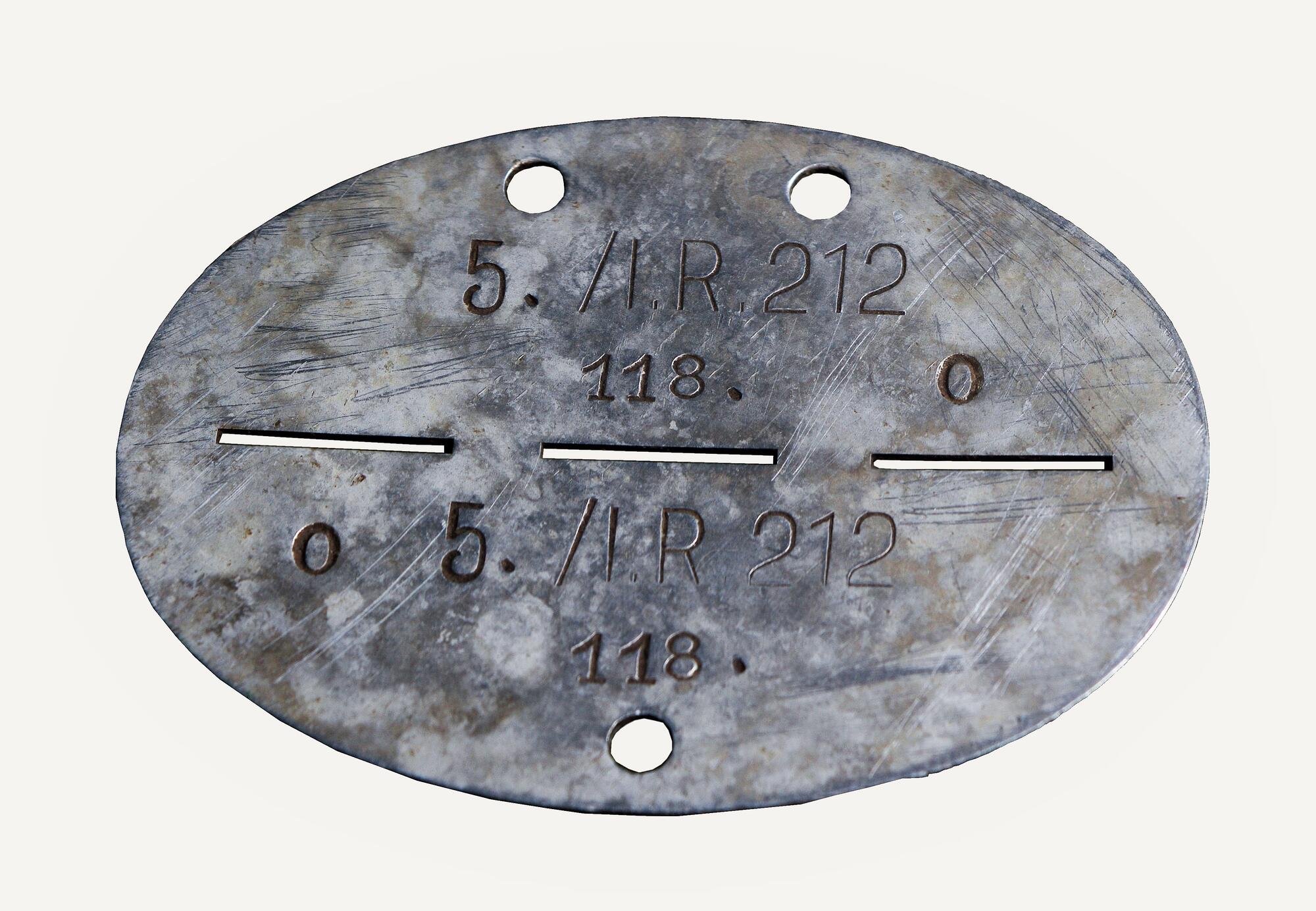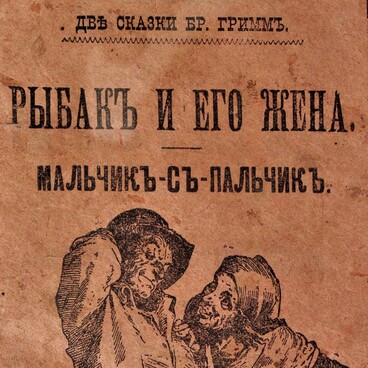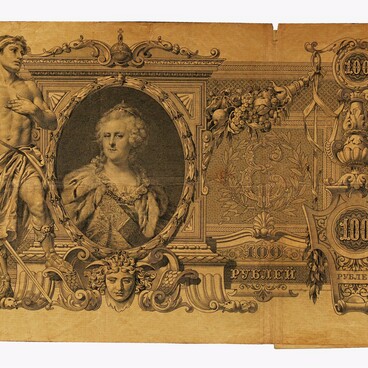Personal insignias have existed in the German army since the 19th century. On April 29, 1869, the Prussian War Ministry issued a voluminous decree on the sanitary service of the army in the war. Paragraph 110 required each soldier to wear a tin sign on the body under the uniform, that indicated his unit and individual number.
Ten years later, the new military medical regulations of the German army added two innovations: the shape of the sign became oval, and the name “reconnaissance sign”, borrowed from the French military vocabulary and difficult to pronounce, was replaced by the more understandable word “insignia”.
During World War I, the army established a unified size of the personal insignia, which remained unchanged until 1945. 5×3 centimeters token was used in the Navy, and 5×7 centimeters token — in the Land Forces, the Air Force, the SS troops, the police and auxiliary organizations of the Wehrmacht.
The collection of the Shebekino Museum contains an insignia 5×7 centimeters in size. Two holes were made on the side for a strong cord 80 centimeters long. The medallion was hung around the neck and worn under the uniform.
The scheme of the inscription on the badge was as follows: first, a soldier’s division number was written, which consisted of letters and numbers. Then, the serial number of the soldier according to the unit’s lists — No. 118 on the sign from the museum — and below were the letters “O”, “A”, “B” or “AB”, they denoted the blood group of the owner.
The information was duplicated on two halves of an insignia. If the military found a dead man, they broke off one part of the sign and sent it to Berlin. There, the soldier was registered as killed and reported to his family. The second half was left on the body of the deceased — the token helped to identify the person. To make it easier to break the sign, three narrow slits were made in the middle. The Shebekino Museum houses a solid token.
Initially, the material for making personal signs was zinc alloy, but later appeared the first copies of duraluminium. In 1941, the material was changed again: heavy losses of aviation and the shortage of this metal in the country forced Germany to switch back to the production of personal signs made of zinc alloy. At the end of the War, some signs were even made of ordinary steel.
Ten years later, the new military medical regulations of the German army added two innovations: the shape of the sign became oval, and the name “reconnaissance sign”, borrowed from the French military vocabulary and difficult to pronounce, was replaced by the more understandable word “insignia”.
During World War I, the army established a unified size of the personal insignia, which remained unchanged until 1945. 5×3 centimeters token was used in the Navy, and 5×7 centimeters token — in the Land Forces, the Air Force, the SS troops, the police and auxiliary organizations of the Wehrmacht.
The collection of the Shebekino Museum contains an insignia 5×7 centimeters in size. Two holes were made on the side for a strong cord 80 centimeters long. The medallion was hung around the neck and worn under the uniform.
The scheme of the inscription on the badge was as follows: first, a soldier’s division number was written, which consisted of letters and numbers. Then, the serial number of the soldier according to the unit’s lists — No. 118 on the sign from the museum — and below were the letters “O”, “A”, “B” or “AB”, they denoted the blood group of the owner.
The information was duplicated on two halves of an insignia. If the military found a dead man, they broke off one part of the sign and sent it to Berlin. There, the soldier was registered as killed and reported to his family. The second half was left on the body of the deceased — the token helped to identify the person. To make it easier to break the sign, three narrow slits were made in the middle. The Shebekino Museum houses a solid token.
Initially, the material for making personal signs was zinc alloy, but later appeared the first copies of duraluminium. In 1941, the material was changed again: heavy losses of aviation and the shortage of this metal in the country forced Germany to switch back to the production of personal signs made of zinc alloy. At the end of the War, some signs were even made of ordinary steel.



